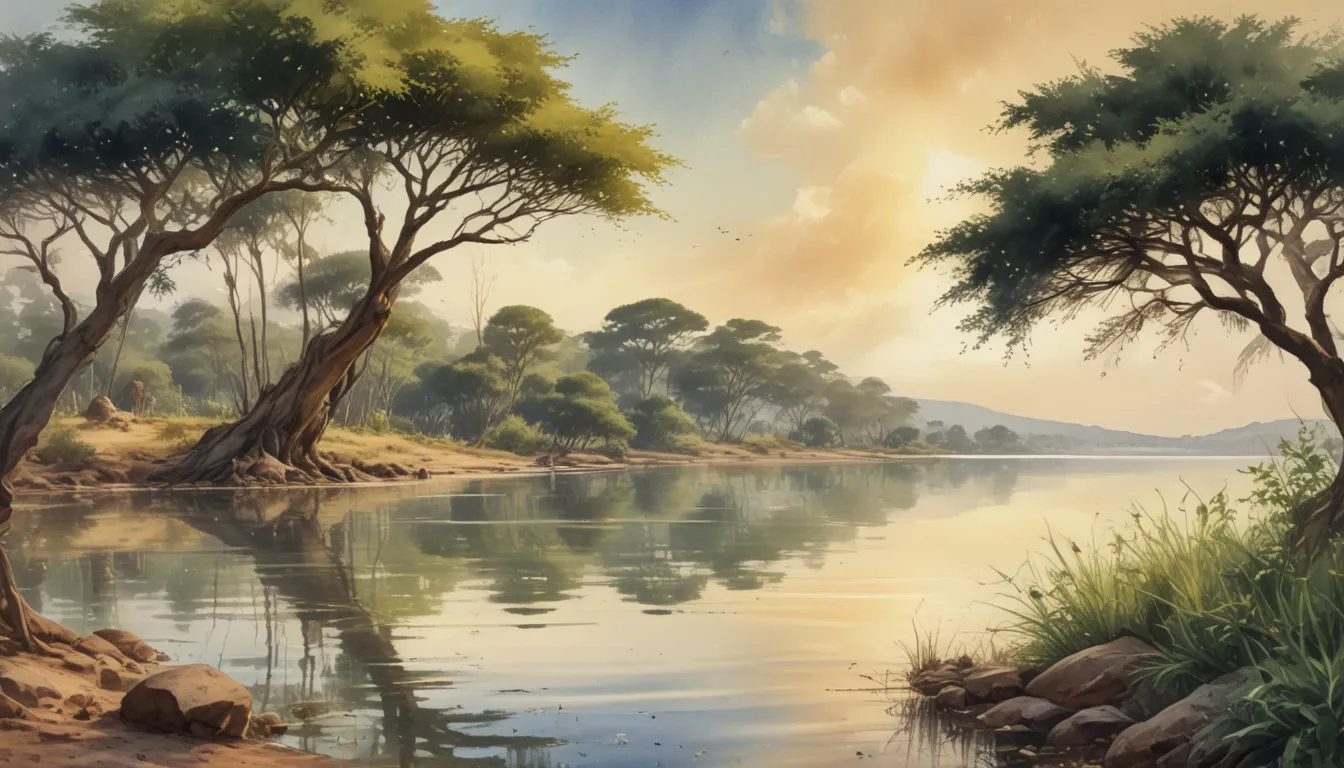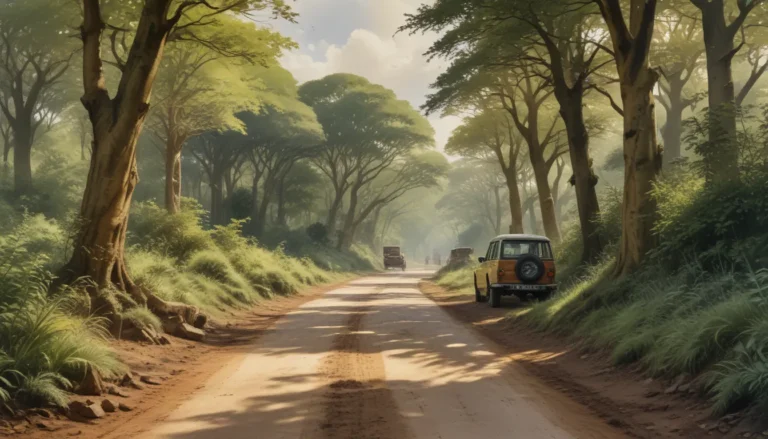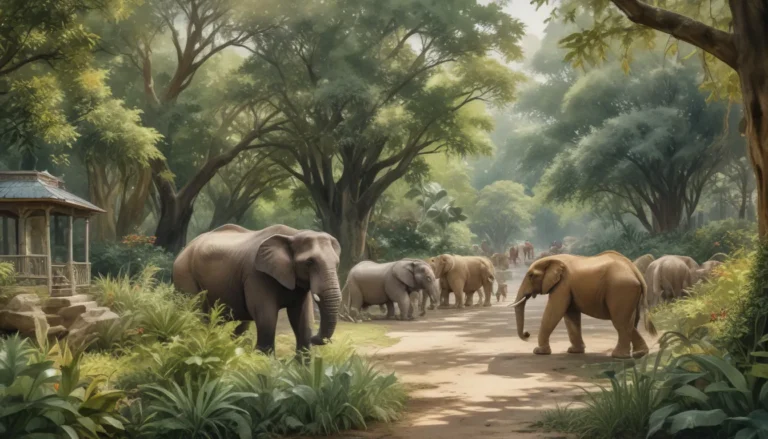The images in our articles are for illustrative purposes only and may not exactly match the content. They are intended to capture your interest and complement the text, not to replace it.
Welcome to the breathtaking world of Lake Victoria, the largest lake in Africa and the second-largest freshwater lake globally. Nestled in the heart of East Africa, this majestic water body spans across three countries: Kenya, Tanzania, and Uganda. Join us as we delve into the fascinating facts that make Lake Victoria a true marvel of nature, from its historical significance to its ecological diversity and global importance.
A Tribute to Royalty
In the mid-19th century, British explorer John Hanning Speke stumbled upon this vast lake during his quest to uncover the source of the Nile. In honor of his queen, Queen Victoria of the United Kingdom, he named this majestic water body Lake Victoria. This royal tribute marks the beginning of the lake’s intriguing story, steeped in history and discovery.
The Giant of African Lakes
Covering an expansive area of approximately 69,485 square kilometers, Lake Victoria stands as a colossal presence in the African landscape. It holds the prestigious title of being the largest lake in Africa and ranks second globally in terms of freshwater lakes by surface area, only surpassed by Lake Superior in North America. Its sheer enormity plays a pivotal role in sustaining local economies and vibrant ecosystems.
The Cradle of the Nile
Lake Victoria plays a crucial role in the global ecosystem as it serves as the primary reservoir of the mighty Nile, the longest river on earth. The White Nile, one of the Nile’s main tributaries, emerges from the lake near Jinja, Uganda, embarking on a remarkable 6,650-kilometer journey to the Mediterranean Sea. This vital connection underscores the lake’s significance on a global scale.
Islands of Intrigue
Dotted across the vast expanse of Lake Victoria are numerous islands, offering glimpses of untouched beauty and rich biodiversity. Among these, the Ssese Islands in Uganda, a group comprising 84 islands, showcase a diverse array of flora and fauna, drawing visitors from far and wide. These islands serve as vivid reminders of the lake’s ecological richness and allure.
A Tapestry of Life
Brimming with vitality, Lake Victoria harbors a diverse ecosystem teeming with over 200 species of fish, including the famed Nile perch. However, the lake faces challenges from invasive species like the water hyacinth, posing threats to both biodiversity and local livelihoods. Balancing conservation efforts with sustainable resource management remains a critical endeavor for the preservation of this natural treasure.
Lifeline to Communities
Home to over 30 million people residing in the Lake Victoria Basin, the lake serves as a lifeline for countless individuals, sustaining livelihoods through fishing, agriculture, and other industries. Additionally, the lake offers crucial transportation links and serves as a vital source of hydroelectric power, underscoring its multifaceted importance to the region.
Tragic Legacies and Safety Concerns
Despite its allure and significance, Lake Victoria bears a somber reputation as one of the world’s deadliest bodies of water. Tragic incidents stemming from severe storms, ferry overloading, and inadequate safety measures have led to numerous fatal accidents over the years, highlighting the importance of enhancing safety protocols and awareness.
Environmental Challenges Ahead
In the face of mounting environmental threats, Lake Victoria stands at a crossroads, grappling with the impacts of climate change and pollution. Shifting rainfall patterns, fluctuating water temperatures, and pollution from industrial and agricultural sources pose significant challenges to the lake’s delicate ecosystem, necessitating concerted conservation efforts and sustainable practices.
A Sanctuary for Science and Conservation
Lake Victoria serves as a beacon for scientific research and conservation initiatives, offering valuable insights into ecology and limnology. These endeavors aim to safeguard the lake’s unique biodiversity while addressing pressing environmental concerns. By fostering research and conservation efforts, Lake Victoria emerges as a hub of knowledge and preservation in the realm of aquatic ecosystems.
Cultural Influences and Artistic Inspirations
Beyond its natural splendor, Lake Victoria has inspired a wealth of literature, art, and cultural representations. From Ernest Hemingway’s literary works to thought-provoking documentaries, the lake’s allure captivates audiences worldwide, weaving tales of adventure, environmental stewardship, and human connection. Its cultural impact resonates far and wide, enriching the tapestry of artistic expression and environmental awareness.
Embracing the Wonder of Lake Victoria
As we reflect on the grandeur and complexities of Lake Victoria, we are reminded of the imperative to cherish and conserve our natural treasures for future generations. This aquatic gem embodies a blend of history, ecology, and cultural significance, beckoning us to appreciate its splendor and protect its fragile ecosystem. Let us embrace the wonder of Lake Victoria as a testament to the enduring beauty and resilience of our natural world.
We are dedicated to providing valuable and engaging content that reflects the diverse perspectives and insights of our community. Each fact shared on our platform undergoes meticulous review by our team of editors, ensuring accuracy and credibility in every detail. Trust in our commitment to quality as you explore the wonders of Lake Victoria and delve into the fascinating world of nature and conservation. Join us in celebrating the beauty and importance of Lake Victoria, a treasure worth preserving for generations to come.






